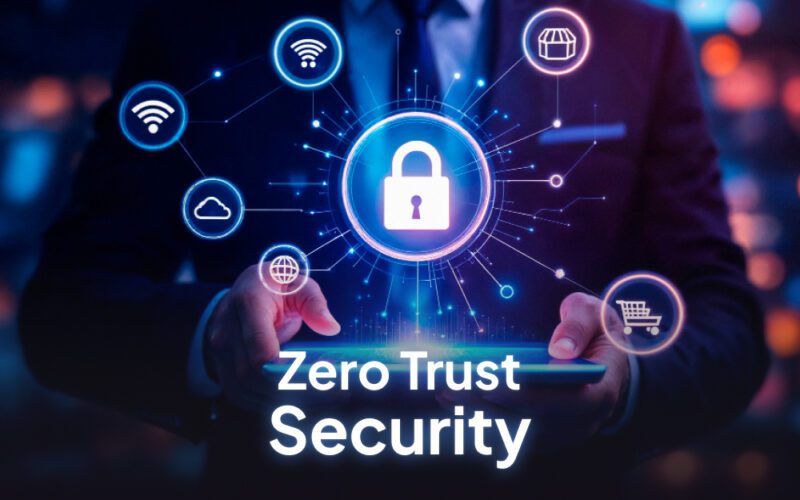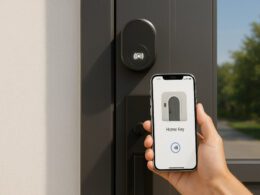In 2025, zero trust security is no longer optional—it’s essential. As cyberattacks grow more advanced and networks become more complex, businesses must rethink the way they protect their systems. The traditional model of trusting users inside the network has failed. Now, security must begin with assuming nothing and verifying everything.
Why Zero Trust Security Is the New Standard
Remote work, cloud-first operations, and AI-powered threats have reshaped the threat landscape. A single compromised credential or device can cause major damage if there are no internal controls in place. That’s where zero trust security comes in—it minimizes risk by continuously verifying identity, device health, and access context.
Moreover, regulatory frameworks like NIS2 and DORA now expect continuous monitoring, granular access controls, and transparent audit logs. As a result, companies that haven’t yet modernized their cybersecurity strategies are falling behind.
Adoption Trends: Why Businesses Are Moving to Zero Trust Security
The adoption of zero trust strategies is accelerating. According to CIO, 81% of enterprises plan to implement some form of zero trust architecture by 2026. The market is projected to hit $87 billion by 2030, up from $38 billion this year. Clearly, this isn’t a passing trend—it’s the future of business security.
Key Innovations Driving Zero Trust in 2025
Smarter Access Through AI and Behavior Analysis
One of the biggest shifts is the use of artificial intelligence to evaluate user behavior in real time. Instead of granting blanket access, systems now score risk based on patterns, locations, and device health. Therefore, users can access only what they need—when and where it makes sense.
Continuous Authentication Replaces Perimeter-Based Trust
Traditional MFA is no longer enough. Continuous authentication now tracks sessions, adjusts access dynamically, and blocks anomalies before they become threats. This added layer of intelligence helps prevent breaches that would otherwise go unnoticed.
Micro-Segmentation Limits Internal Threats
Rather than securing the entire network as one environment, micro-segmentation creates isolated zones. As a result, if an attacker gets into one area, they can’t move freely throughout the system. It’s a smart way to contain damage before it spreads.
Challenges to Implementation
Although the benefits are clear, transitioning to a zero trust model isn’t always simple. Here are some common barriers—and how to overcome them.
Integration with Legacy Systems
Older systems weren’t built for modern verification standards. However, companies can start by layering identity management and segmentation over existing infrastructure. A phased rollout often works best.
Team Resistance
New access controls can create friction for employees used to broader access. But with clear communication and user-friendly tools, resistance usually fades as people see the benefits.
Skill Shortages
Zero trust architecture requires specialized knowledge. Training your internal team or working with outside experts can bridge the gap while maintaining control.
How to Start Building a Zero Trust Security Strategy
- Secure identities first: Use multi-factor authentication and clearly defined user roles.
- Map your digital environment: Understand where sensitive data and applications live.
- Apply contextual access controls: Consider behavior, time, location, and device before granting access.
- Segment networks: Restrict movement between apps, users, and environments.
- Include third parties: Use limited-time, audited access for vendors and partners.
- Monitor everything: Use analytics to continuously improve your controls.
- Prepare for tomorrow: Vendors like Cloudflare are already adopting post-quantum encryption—consider where your organization stands.
Final Takeaway
Zero trust security isn’t just a buzzword—it’s a practical response to a world where threats can come from anywhere. By verifying every connection, isolating sensitive systems, and using data to drive access decisions, businesses can stay ahead of cyber risks in 2025 and beyond. Transitioning doesn’t happen overnight, but starting now puts your organization on the path to resilience and control.









